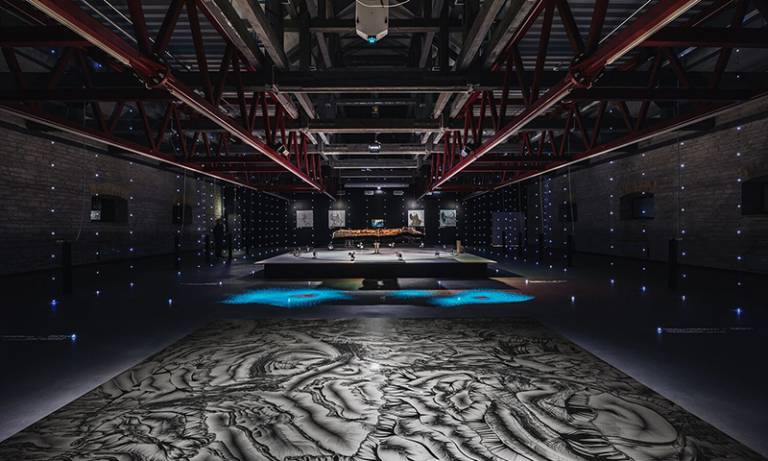Bartlett lecturer curates the Tallinn Architectural Biennale
23 October 2017
Urban designer, architect and ecologist Claudia Pasquero applies her unique research expertise to the Tallinn Architectural Biennale.

Claudia Pasquero, Director of MArch Urban Design's Urban Morphogenesis Lab at The Bartlett, has curated the Tallinn Architectural Biennale 2017. The internationally renowned event, this year entitled bioTallinn, features a series of exhibitions, competitions and symposia and is open until 27 October.
Under Claudia's curatorship, bioTallinn challenges typical assumptions about the boundary between the natural and the artificial. Rather than considering nature to be a balanced system that is derailed by human action, bioTallinn assumes that there is no nature. Instead, ecosystems are the product of accumulated catastrophic events that give birth to a new dynamic equilibrium.
“The convergence of biology and computation in architecture is one of the most promising future disciplinary developments. I want this Biennale to embody a quest to expand the scope of our understanding of the impending global environmental crisis. I believe architecture can be deployed to reframe this problematic field, thus enlarging the space for solutionsThe convergence of biology and computation in architecture is one of the most promising future disciplinary developments. I want this Biennale to embody a quest to expand our understanding of the impending global environmental crisis. I believe architecture can be deployed to reframe this problematic field, thus enlarging the space for solutions.
Claudia Pasquero
The main exhibition at bioTallinn is titled 'Anthropocene Island' and invites architectural offices, artists and scientists to focus on the relationship between nature and the city in the Athropocene age. The project, which features work from The Bartlett School of Architecture's Urban Morphogenesis Lab and BiotA Lab, aims to re-metabolise pathogens in urban waste water and use them to create natural gas, food and fertile soil.
- More information about the Tallinn Architectural Biennale 2017
- Follow the Tallinn Architectural Biennale on Facebook and Instagram
 Close
Close

